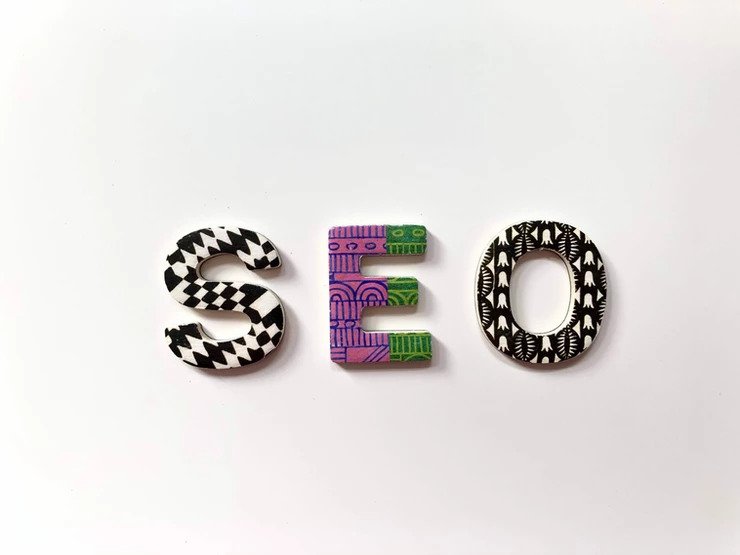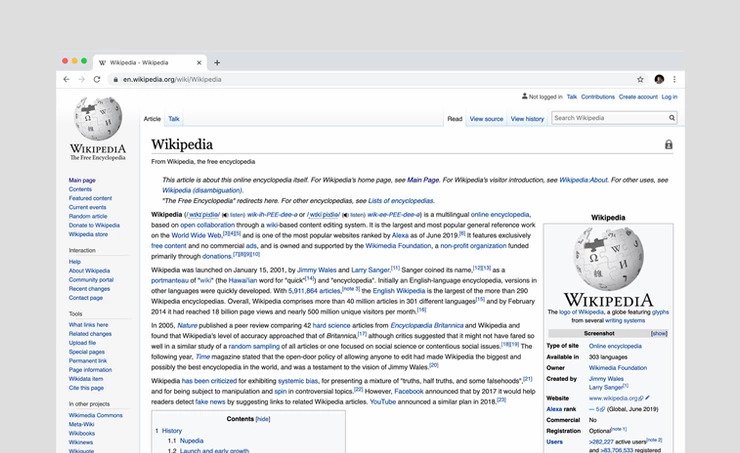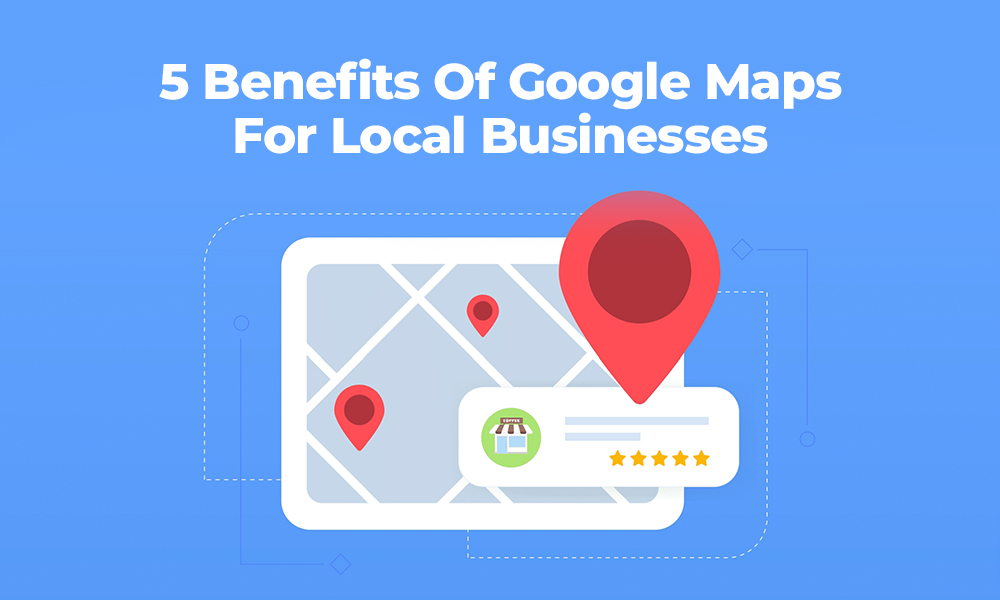
I’m frequently asked what books or courses I recommend to people who want to learn more about SEO. I honestly think that while there are some great courses out there that could help you with a strong foundation, I would recommend going down the reverse engineering way.
The greatest thing I can suggest is to look into the SERPs for yourself. Look for high-ranking websites and sites and dissect them to see what they’re up to. Most SEO questions have already been answered in the SERPS. I’m all for putting things to the test, but if you don’t have the resources, Google will provide you with the answers in the search results.
This was an idea I came up with after doing just that and looking at how Wikipedia organizes its pages. Reverse engineering Wikipedia can teach you a lot about SEO. Yes, they have a lot of backlinks and are a highly authoritative site. What they do on their sites and how they build their site, however, is what really pushes them to the next level.
Link placement on a page is important, as I noted in the thread last week. The strength of a connection is determined by a number of elements, but a general rule of thumb is that it flows down the page like a book… from left to right and top to bottom. Links at the top of a page will be more powerful than links at the bottom.
You may take advantage of this by using CSS, which is exactly what Wikipedia does.
Wikipedia is a one-of-a-kind website with a main navigation that is neither really useful to visitors nor particularly SEO-friendly.

Take a look at any page on Wikipedia. For example: https://en.wikipedia.org/wiki/Motorcycle! Their major navigation is on the left-hand side, and there are some links at the very top of the page for signing in and examining the page’s revision history.
These links are essentially meaningless in terms of SEO.
So, what is Wikipedia’s purpose?
Take a peek at the Google cached text-only version of the page. The text-only version is how the page is really read by search engine spiders. http://webcache.googleusercontent.com/search…… will notice that they utilize CSS to position those links where they want them, yet they display at the bottom of the page in the code and text-only version, nowhere near the top.
As a result, they place a greater emphasis on the important links on their websites, such as internal links within the text.
On your own sites, you can achieve the same thing with CSS. Consider all the links in a site’s header that are there for the user’s convenience but have no SEO value. Contact Us, Logins, Phone Number Links (Click or Tap to Call), and sometimes even Privacy Page Links…
You can put these towards the bottom of the page in the code, but then use CSS styling to move them around for the user, giving you the best of both worlds.
I will say in conclusion that if you have too many things on your hands, and SEO sounds like a far-fetched adventure, connect with a proven digital marketing consultant like me, and focus on aspects of your business that warrant your most attention.

Sanam Munshi, the driving force behind Collab Lab, is more than just our founder – he’s a digital marketing maestro with 14 years of diverse experience. From playing key roles at top US agencies and SaaS companies to co-founding the Australian digital powerhouse Skyward Digital, Sanam’s career is a journey of breakthrough achievements. His expertise lies in guiding teams to shatter performance records in the most competitive online arenas.
Sanam embraces a simple yet profound philosophy: Embrace change, because it’s the only constant. His positive outlook and wide-ranging experience make him a master not just in business, but in building lasting relationships across industries. At Collab Lab, Sanam does more than manage operations – he nurtures growth, cultivates client partnerships, and steers us towards uncharted territories of success.





